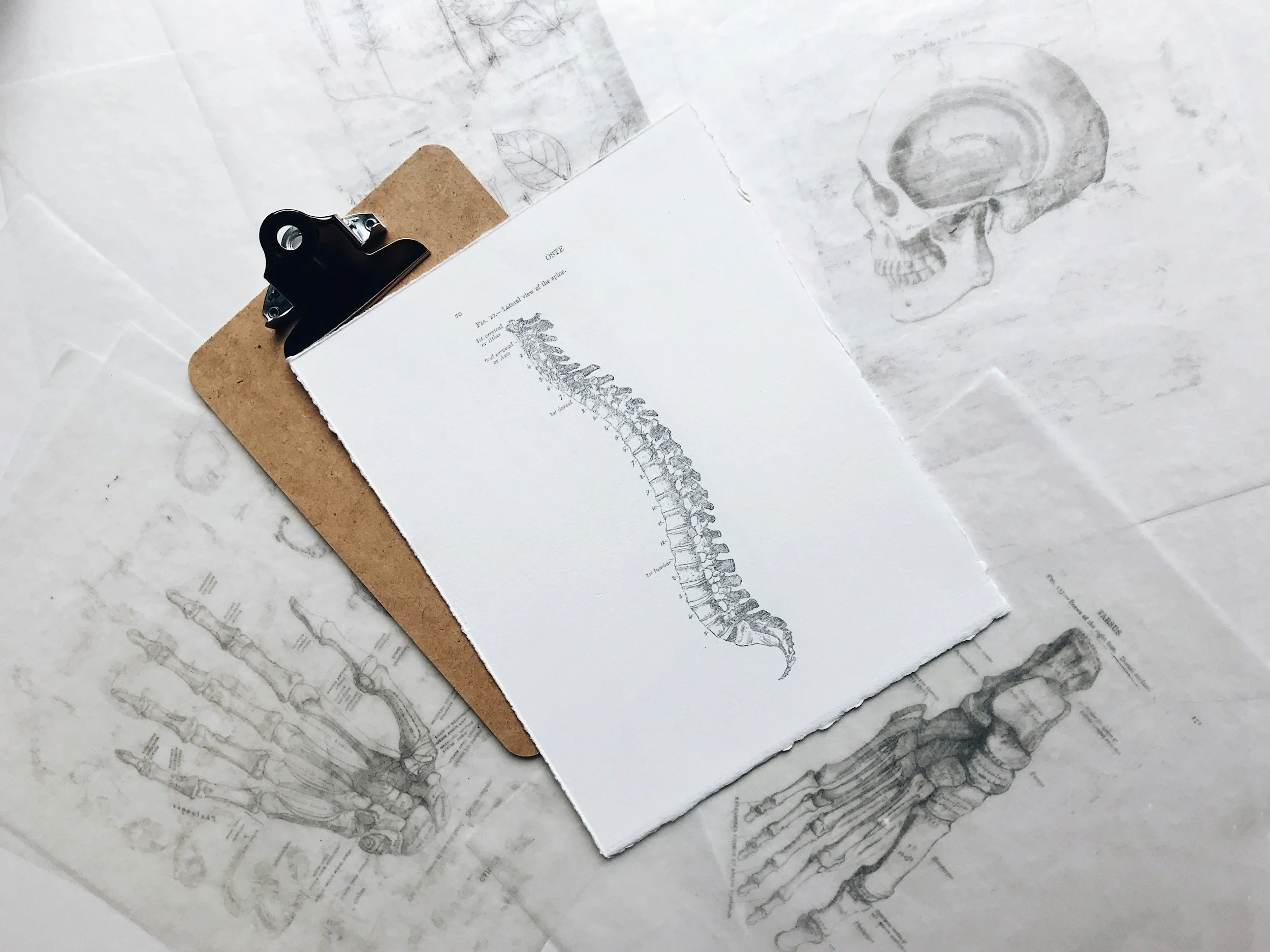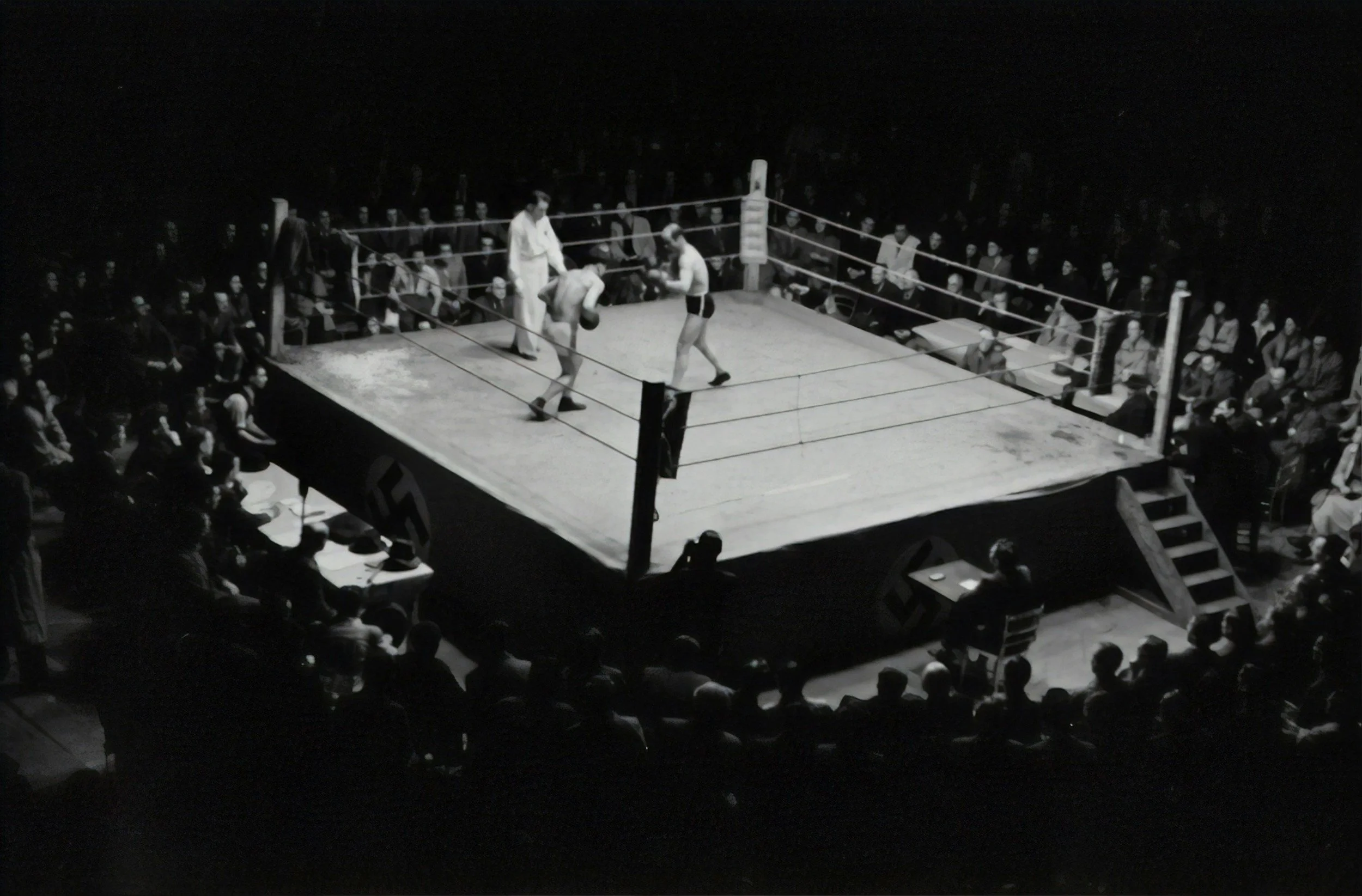Why Free Weights Beat Machines Every Time
Machines have their place. They’re precise, stable, and great for isolating a muscle group when that’s the specific goal. But if we’re talking about real-world strength, balance, and long-term progress—the kind that carries over into how you move, feel, and function—free weights win every time.
The Case for Free Weights
When you pick up a barbell, dumbbell, or kettlebell, your body is responsible for everything: the setup, the path of the weight, the control, the balance, and the coordination. Your stabilizer muscles turn on. Your brain has to engage. You’re moving through space, adapting in real-time, and building strength that translates to real life.
Machines, on the other hand, take care of all that for you. They fix you into place, guide the weight along a predetermined path, and remove the need for stabilization. This makes them great for rehab or beginners learning how to feel a muscle work—but it also means they don’t train your body to move well under load.
The Science is Clear
A 2008 study in the Journal of Strength and Conditioning Research compared muscle activation between free weight and machine exercises. It found that free weight squats produced significantly greater activation in stabilizing muscles like the erector spinae than Smith machine squats (Schwanbeck et al., 2009).
Another study in Gait & Posture (2012) concluded that free weight training improves balance, proprioception, and neuromuscular coordination far better than machines, which is critical for longevity and injury prevention (Anderson & Behm, 2005).
A meta-analysis in Sports Medicine (2016) showed that free weight resistance training leads to superior improvements in functional movement and athletic performance compared to machine-based training (Kraemer & Ratamess, 2016).
So if your goal is just to pump your biceps or isolate your quads, a machine might do the job. But if you want to move better, feel stronger, and build muscle that holds up in the real world—go with free weights.
Strength That Transfers
Free weights build strength that translates beyond the gym. Picking up your kid. Carrying groceries. Getting out of a low chair. Navigating stairs. These movements require coordination and stability—exactly what you train with a barbell or dumbbells.
I’ve trained clients in every decade of life—from 20s to 70s—and the ones who build their foundation on free weights are more agile, more confident, and far more capable in everyday life. Machines might give you a pump. Free weights give you power.
More Muscle, Better Hormones
Free weights also create a greater systemic stress, which means more anabolic hormone response—testosterone, growth hormone, the stuff that helps you build and maintain muscle. Compound lifts like squats, deadlifts, and presses stimulate this response far more than any leg extension or pec deck machine ever will.
Research published in European Journal of Applied Physiology (2005) showed that multi-joint free weight exercises elicit greater hormonal responses compared to isolated machine movements (Goto et al., 2005).
More muscle, more strength, better movement—all with fewer exercises and greater time efficiency. That’s the free weight edge.
When Machines Have Their Place
Machines aren’t evil. They’re a tool. They’re helpful for isolating a weak muscle, building volume without fatigue from balancing, or training around an injury. But they should be the accessory, not the foundation.
Think of machines as the supporting cast. Free weights are the lead actors. If you want a physique—and a body—that performs well in life, free weights need to be your base.
Summary: Master the Basics, Lift the Free Weights
Free weights require more from your body, and they give more in return. More strength. More balance. More muscle. More carryover to life. They challenge you in ways machines can’t, and that’s exactly why they work.
So grab the barbell. Get under the dumbbells. Build the kind of strength that doesn’t just look good—it holds up when life gets heavy.
Free weights build lifters. Machines build parts. Know the difference.





